
Baja Ha-Ha Sails South
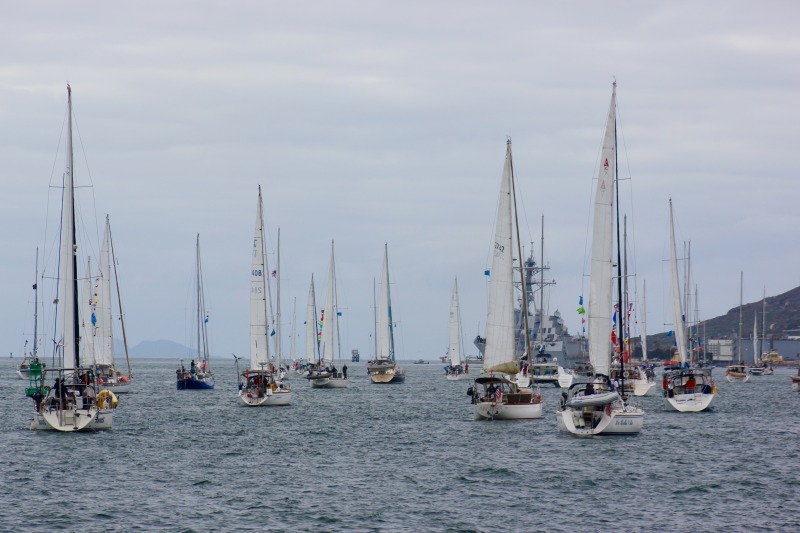
©2017Latitude 38 Media, LLC
Everyone likes a nice breeze for a sail, but when you’re cruising, it’s just not as critical. The Grand Poobah checked in from just off Cedros Island on Wednesday to report this was the slowest first leg of the Baja Ha-Ha in memory (out of some 24 Ha-Ha’s). The leg also included minor rain and drizzle, strengthening the vision of a sunny destination. The track from the Garmin InReach showed an average speed of only 6.42 knots for the 400-mile leg to Turtle Bay, which is slow for the 63-ft cat Profligate.

©2017Latitude 38 Media, LLC
For the 129 cruisers who had their boats ready at start time, this meant more motoring than they’d hoped — and for one boat it meant none. Untangled, a Spencer 1330 from Alameda, found motoring provided no forward motion. Upon further inspection they discovered that their prop had dropped off. They managed to get to Ensenada and haul out, and are hoping to reattach a propeller and rejoin the fleet.
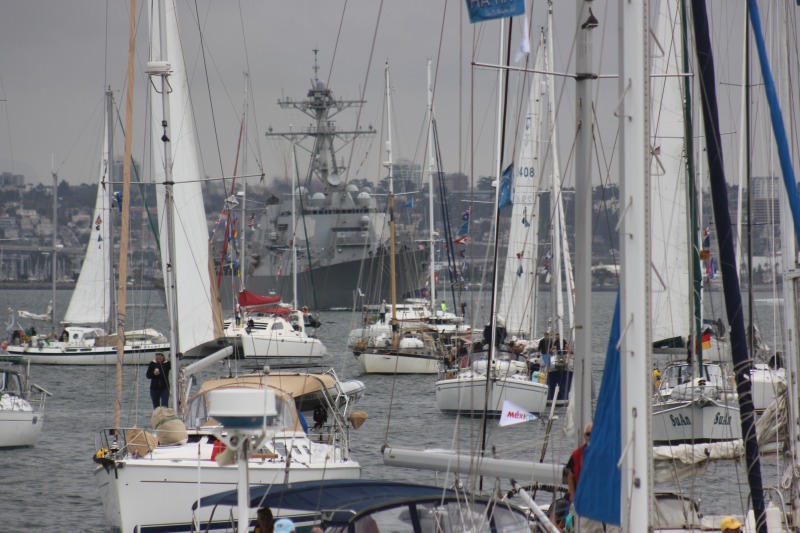
©2017Latitude 38 Media, LLC
Technical difficulties also challenged Profligate when, shortly after the Monday start, their primary VHF wasn’t working. Shea Weston of Offshore Outfitters, who happened to be escorting the fleet out the Bay, jumped aboard and quickly determined the VHF needed replacing. Profligate did the u-turn back to West Marine on Shelter Island, replaced the radio, and was back on the track by 5 p.m. Gremlins struck again when the Poobah was happily landing his first successful mid-passage drone flight and made a quick lurch to grab the descending drone, resulting in his iPhone being launched overboard. That would be the phone with the app that controls the drone. Bummer.
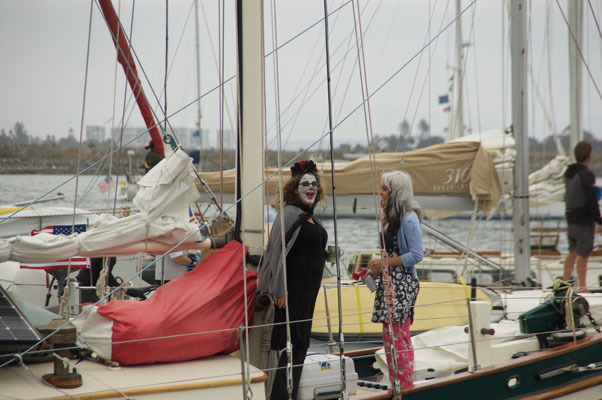
©Latitude 38 Media, LLC
Despite the hiccups, the calm weather was pleasant, and good fishing was reported by much of the fleet. The InReach was reported to be working well and used by about 90 boats in the fleet to provide their daily check-in, with the rest of the boats checking in via SSB or Iridium Go!. Everyone was looking forward to pulling into Turtle Bay for the last game of the World Series on Wednesday and the beach party today.
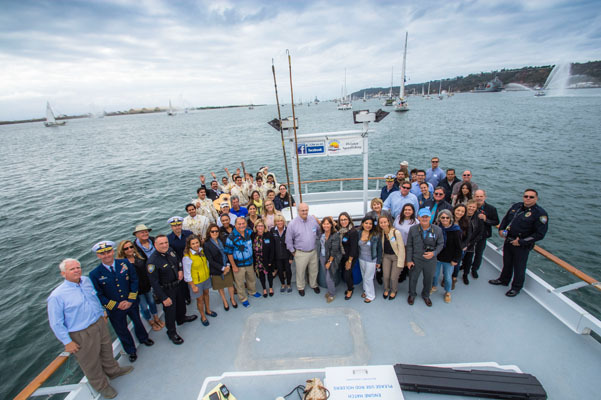
The next leg to Bahia Santa Maria starts tomorrow, with the wind forecast to be a little more brisk and steady.
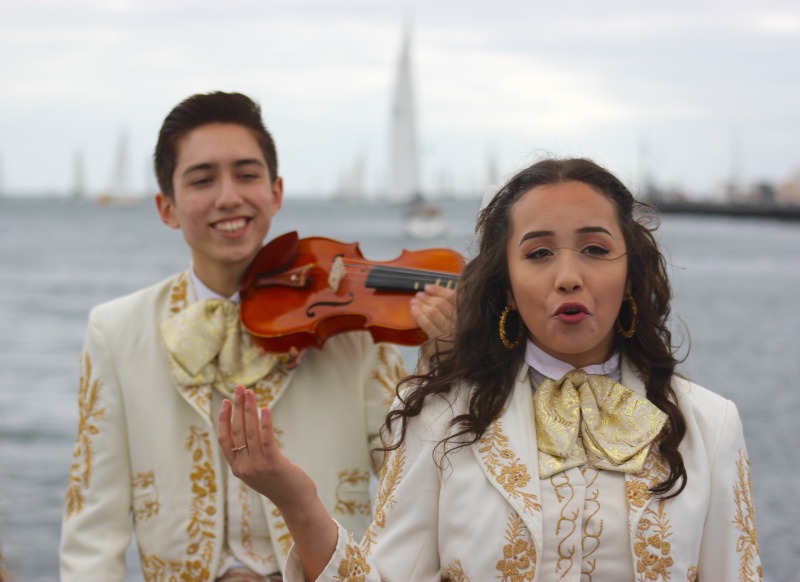
©2017Latitude 38 Media, LLC
Baja Ha-Ha Leg 1 Report
I love the Baja Ha-Ha. Love, love, love it!
Sure, there wasn’t much wind in the 360-mile first leg, although lots of boats got in a day or so of light-air sailing.
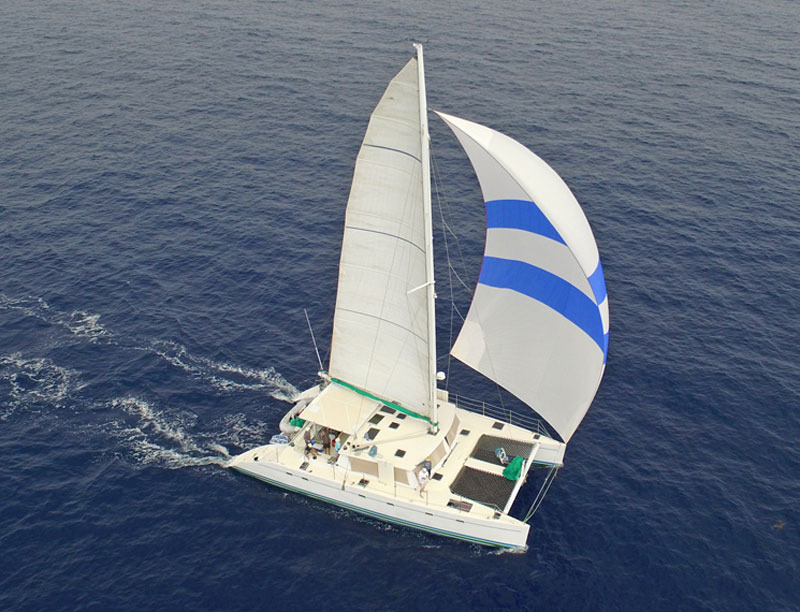
But the weather has been mild, the fishing great, and the people terrific. We’re talking about nearly 500 people from all over the West Coast — as well as Basel, Switzerland, and Hamburg, Germany — on 130+ boats.
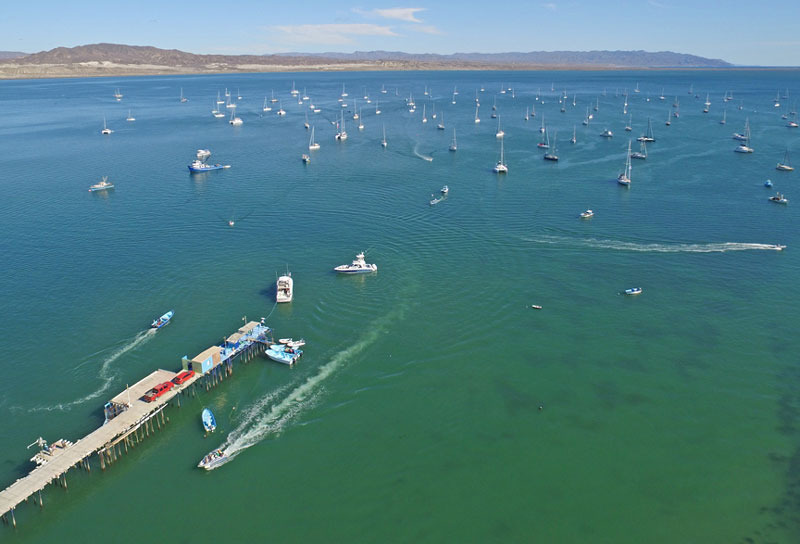
Some folks are circumnavigators. Others, like the folks on the Lagoon 470, sailed across the Atlantic from Europe, the wrong way around Cape Horn, up to French Polynesia, then Alaska. Take that, Bill Lilly.
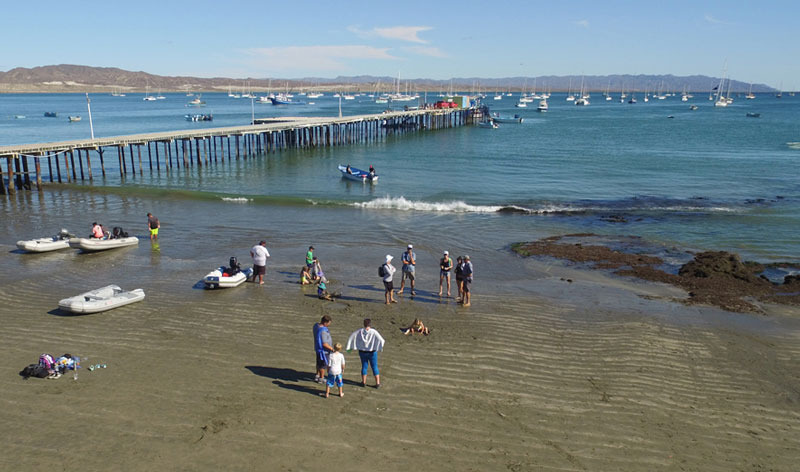
And I was just given a bag of ice from the Northwest Passage by Charlie and Cathy Simon of the Taswell 58 Celebrate. Cools drinks in the desert environment of Baja really well.
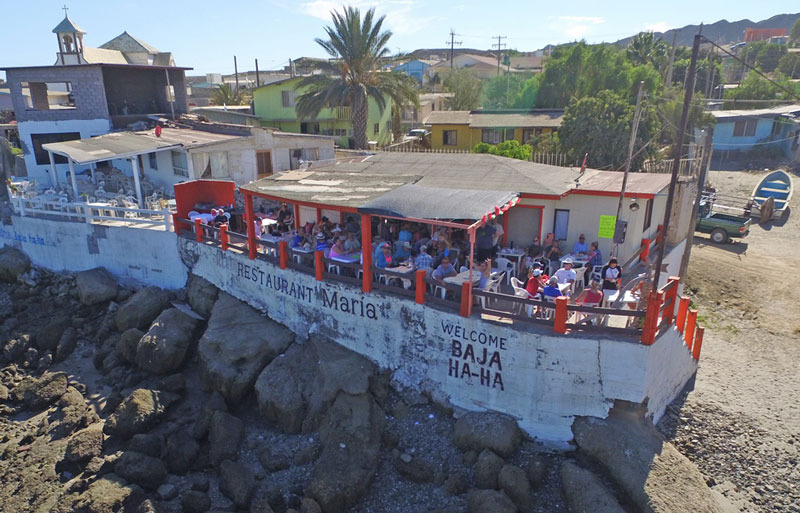
Yesterday’s cruiser and Mexican kids baseball game was epic. Starting pitcher the Grand Poobah pitched for 90 minutes, gave up no strikeouts, no walks, but had an ERA greater than the national debt.
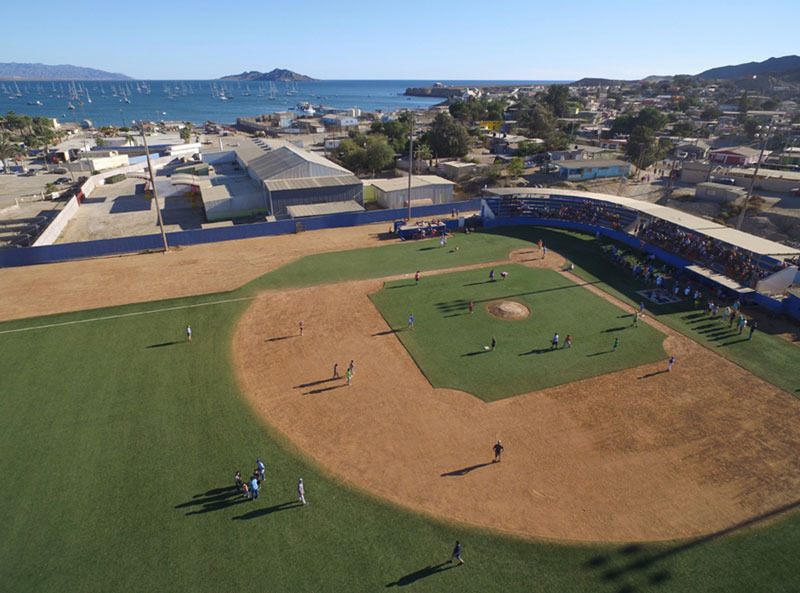
During that occasion the pitching machine and 60 baseballs, donated by the folks on Whistle Wing V, were presented to the folks and kids at Turtle Bay.
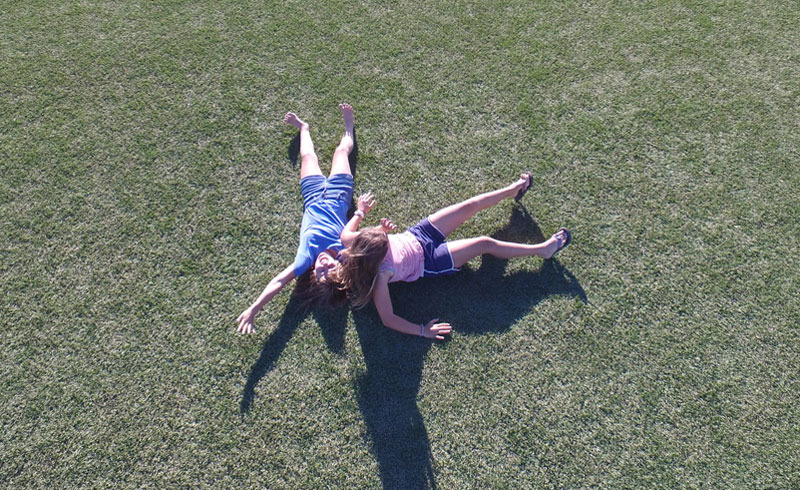
It was fun, fun, fun.
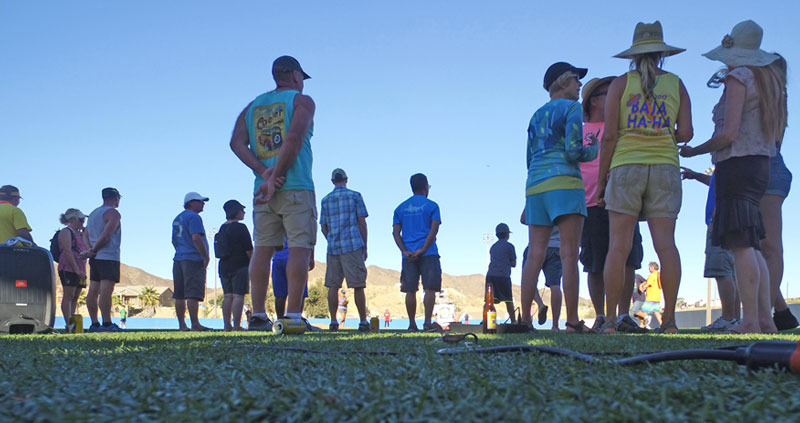
Today is beach party day. Yahoo! Volleyball, tug-of-war, boogieboarding, and more.
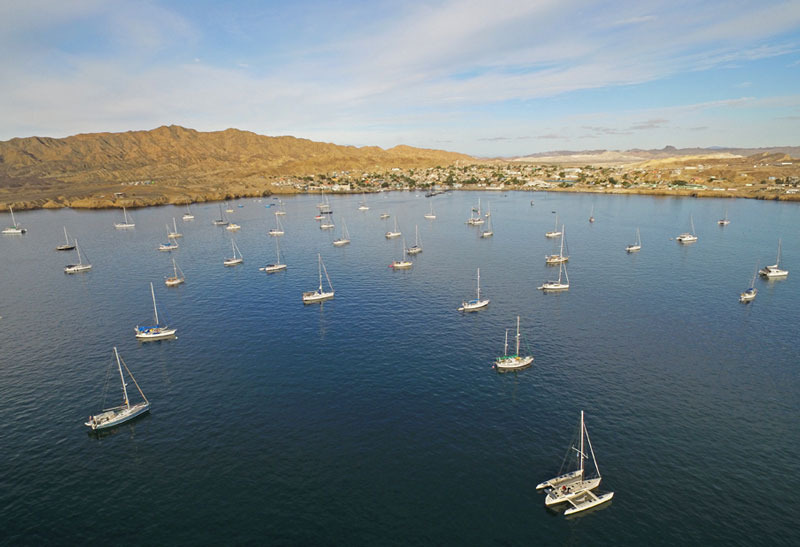
The forecast for the 240-mile second leg is perfect: 10 to 15 knots of wind from the northwest for two to three days. I’d love to tell you more, but the all-day beach party and bonfire are about to start. Wish you were here, because it’s really great.
Volvo Race Leg 2 Starts Sunday
Leg 2 of the Volvo Ocean Race starts on Sunday, November 5 in Lisbon, Portugal (at 1400, Lisbon time, which is 7 a.m. California time . . . but Sunday will also be the end of Daylight Saving Time, so good luck figuring it out).
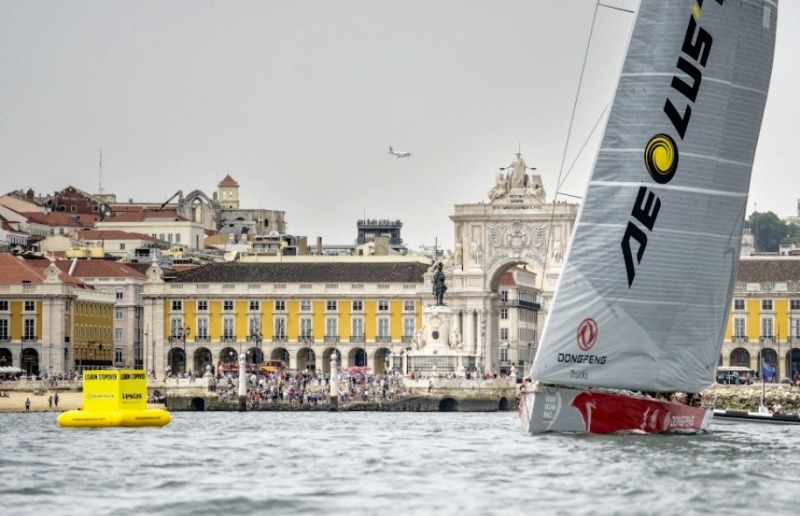
You can watch the start at the Volvo Ocean Race website. We’ll have more on the VOR and other international racing news in Monday’s ‘Lectronic Latitude.
Grounding in Clipper Race
Unfortunately for the crew of CV24 Greenings, that entry is out for the remainder of the Clipper 2017-18 Race. On Wednesday, the Clipper Race office confirmed that the vessel was partially underwater on the western side of Cape Peninsula, South Africa, roughly halfway between Cape Town and Cape Point.
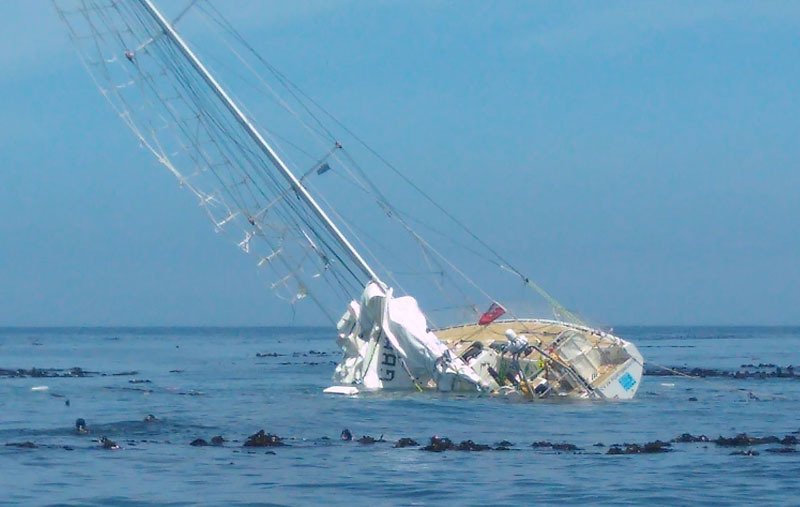
The crew were safely evacuated after the Clipper 70 monohull ran aground shortly before midnight on Tuesday, after departing Cape Town earlier in the day on Leg 3 of the eight-leg around-the-world race. Underwriters have appointed a surveyor; on receipt of his report, a decision will be made about salvaging the boat. A full investigation of the incident is underway.
Discussions have taken place with interim skipper Andy Woodruff, original skipper David Hartshorn (who is recovering from an earlier injury), and the crew regarding their future participation in the race. All are doing well with no injuries reported from the grounding.
But it was just one week into the yearlong race, which started from Liverpool on August 20, that Greenings diverted to Porto, Portugal, following an injury to the British skipper. The race director, Mark Light, explained: “The incident occurred around 450 miles off the Portuguese coast whilst David was leading a spinnaker drop in breezy conditions. Unfortunately, his left thumb became caught in one of the lines which has resulted in some serious damage.” Hartshorn was given morphine and antibiotics aboard. “In this rare situation that the skipper is incapacitated, Coxswain-qualified crew members on board each team have received intensive training on how to take control of the yacht alongside the skipper and lead it safely to the nearest port, where further assistance will be provided, which is the case in this situation,” added Light. Hartshorn was medevaced by helicopter.
Sailing California Coast in the ’70s, Pt. 2
The following is Part 2 of a dispatch of John Tysell’s sail from San Diego to San Francisco in 1979 (Click here for Part I):
The biggest challenge of my trip from San Diego to San Francisco with my girlfriend Gwynne Crouse was rounding Point Conception, known for strong wind and nasty seas. On advice from a fellow sailor who had taken this route, we left the Santa Barbara Yacht club at midnight and motored westward in the Santa Barbara Channel. We took turns driving, and saw lights on the oil platforms through the fog. After dawn, the wind came up and we raised our sails and donned our foul-weather gear. As the wind and waves were building, we rounded Point Conception just before noon and reefed the main. By 3 p.m., we had navigated Point Arguello and began our beat due north to San Luis Harbor. Arriving well after dark, we dropped the anchor and collapsed into our warm sleeping bags.
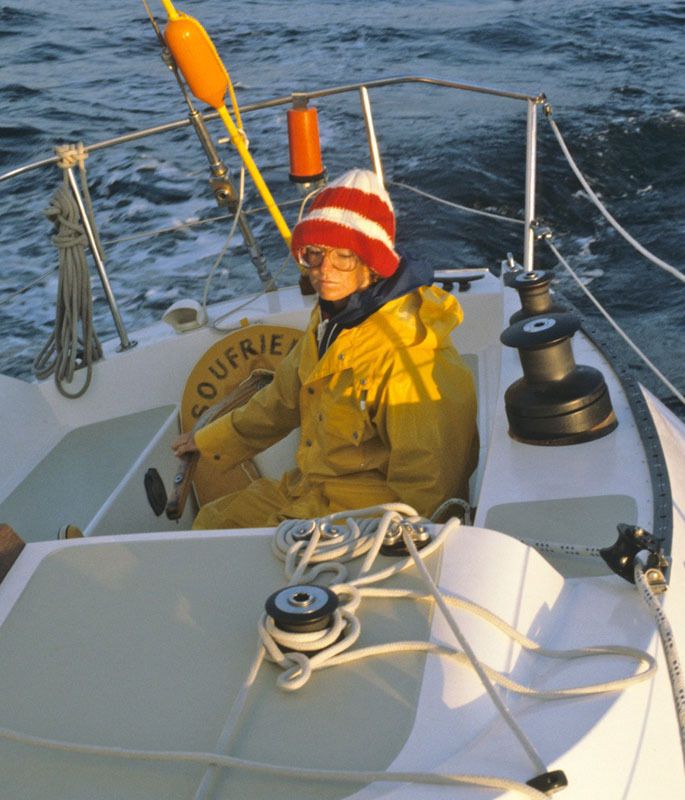
We woke to a warm, clear day with little wind, so we cranked up the Atomic Four gasoline engine and departed Avila Beach. Leaving the Diablo Canyon Nuclear Plant to starboard, we reached the entrance to Morro Bay late in the day when the engine died, and I was unable to restart it. We hoisted sail, but made little headway as the current was running out of the harbor. Hailing the harbormaster on the VHF, I was able to request a tow to the Morro Bay Yacht Club. After spending the night, we found an engine mechanic who got the motor working, but never discovered the problem. Pressing on, we sailed to San Simeon Cove, and anchored with a view of Hearst Castle.
Following an early breakfast, I glanced at the chart and plotted a compass course to the west. After a few minutes, I was hailed to come topside — there were breaking waves. Sure enough, I had missed a reef on the chart which lay dead ahead. Passing Point Piedras Blancas, the wind filled in from the south and I hoisted the spinnaker for a nice downwind sail up the coast of Big Sur. Approaching a large kelp bed, we needed to jibe the sail and head out to sea. With Gwynne steering, I was able to, singlehanded, dip the pole from starboard to port at the last moment and avoid the kelp.
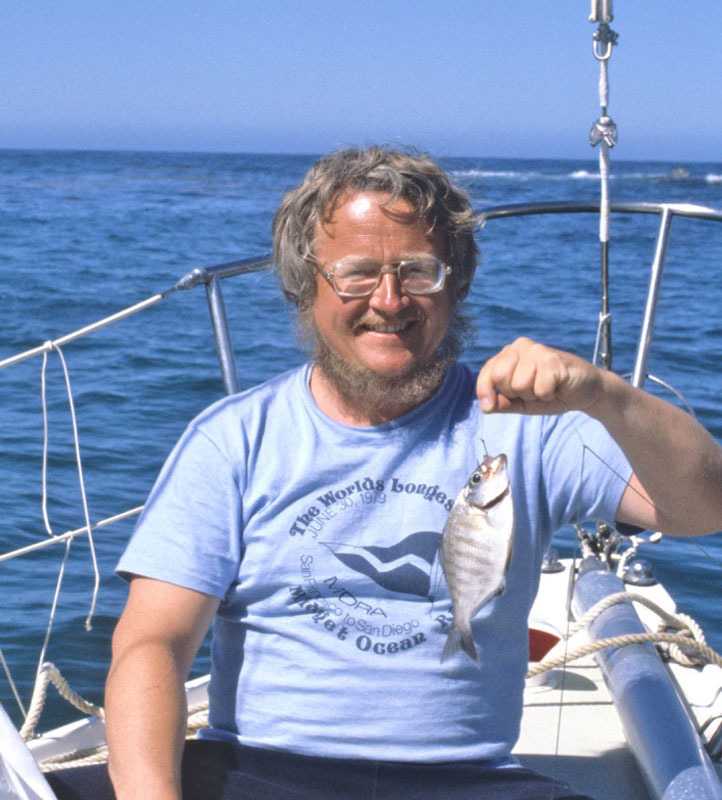
There were no safe harbors along that stretch of shore for 100 miles, so we sailed well into the night before getting to Monterey Harbor. We docked in the nearest slip available. At roughly midnight, the harbormaster kicked us out of our cozy slip and we had to drop the hook near Fisherman’s Wharf.
Even after getting up later than usual in the morning, there was still fog and only a slight breeze. Cruising across Monterey Bay, we were joined by a pod of dolphins frolicking across the bow. After motoring several hours and passing Santa Cruz, we heard a loud clank. The engine had quit for good. I later learned that the old Atomic Four had thrown a rod.
As we sailed on in a light wind, night fell and the fog rolled in — pea-soup fog. I tacked in toward shore looking for the lighted buoy off the entrance to Half Moon Bay. Soon I heard waves crashing on the beach and the depth sounder displayed 22 feet. An immediate tack saved us from being caught in the surf.
Wanting to stay offshore, we had to cross the shipping lanes. It was pitch black. I hoisted the radar reflector, and soon heard the loud thumping of a partially submerged prop of a large ship — but I couldn’t see any running lights. Quickly going below, I returned with life jackets and flare guns. Fortunately, the noise of the turning screw slowly disappeared.
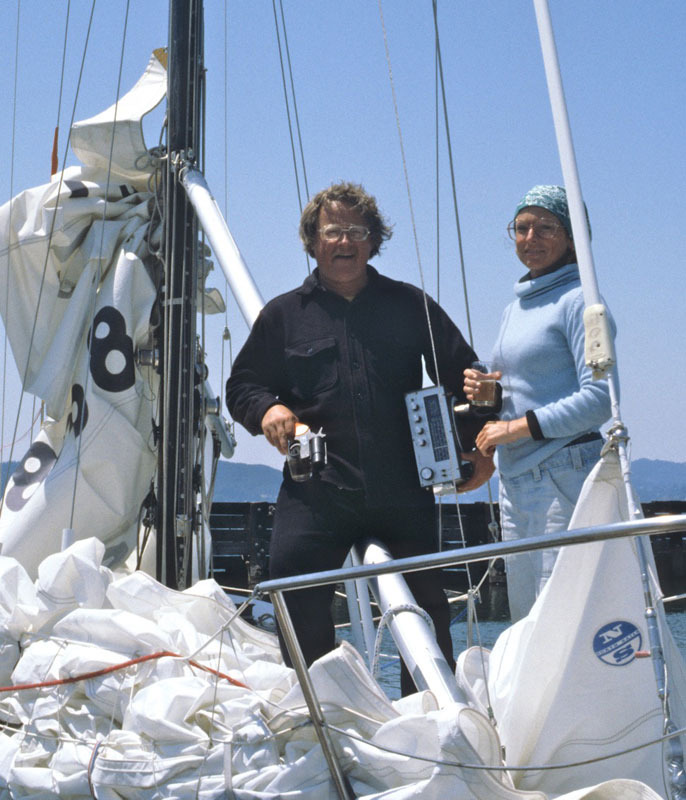
Dead reckoning had been abandoned hours before. Now, I needed to find out where we were, and GPS would not be invented for another 15 years. A radio direction finder (RDF) locates a transmission source of a radio station by the direction when the signal is the weakest (the null point). The tower is then located on the chart and the bearing plotted. A second line is projected based on the depth curve and a position fixed. We were several miles off Montara.
After sailing all night, the sky started to brighten and the fog lifted. The Golden Gate Bridge was a welcome sight as the sun came up in the east and we made our way back to Richmond Yacht Club.
Gwynne Crouse, my girlfriend at the time who started the trip as a novice, was now an experienced sailor. She would be part of my crew when we did the San Francisco to Kauai race in 1980. We married in 1981, and have two children and two grandchildren.
Reader Submissions: Ice Ice, Baby
David Kory Submissions
